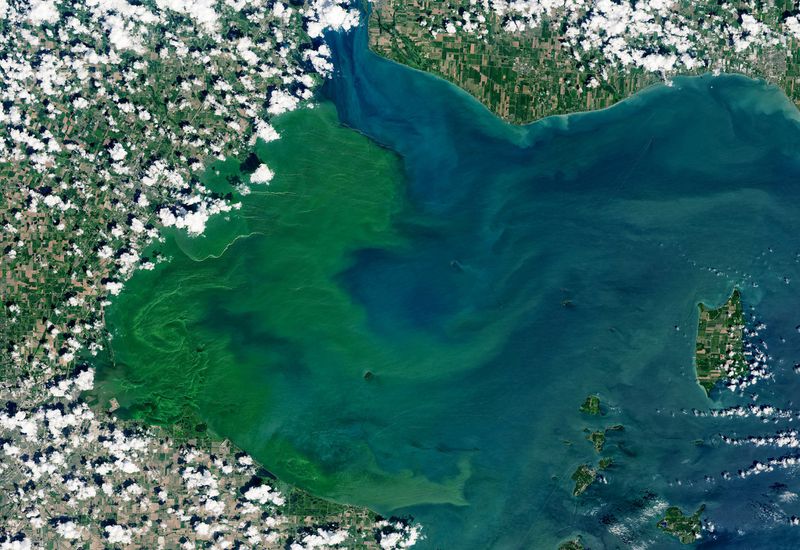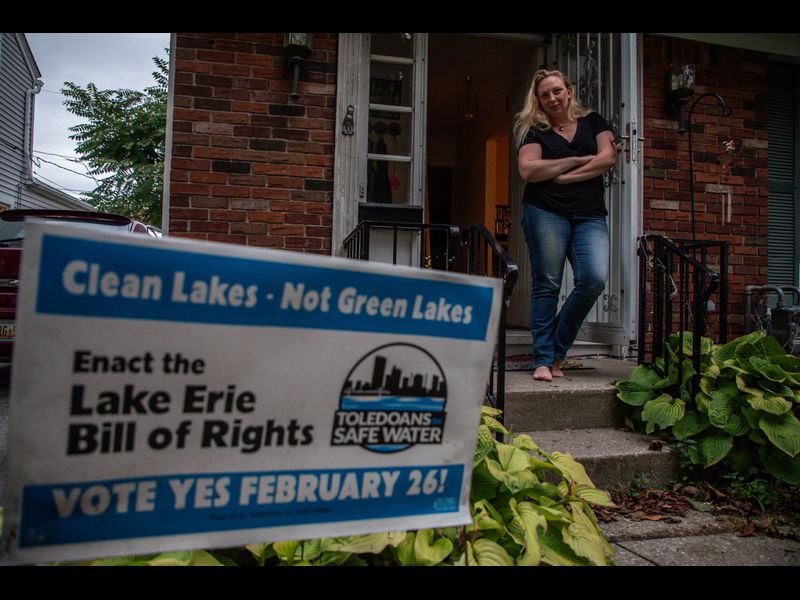
In coastal communities across the planet, algae blooms and dead zones are increasing in frequency and magnitude, due, in part, to human activities and climate change. These ecological threats could have wide-ranging impacts on wildlife, fishing industries and coastal recreation. Here's a primer on these environmental hazards.
What is an algae bloom?
An algae bloom is an overabundance of green aquatic plants, like phytoplankton. While these tiny plants serve as the base of the food web in lakes and oceans, the term "bloom" typically denotes superfluous amounts that can be detrimental to an ecosystem.
What is a harmful algae bloom?
Harmful algae refers to a bloom of toxin-producing cyanobacteria.
What is cyanobacteria?
Cyanobacteria, also known as blue-green algae because of their pigment, are aquatic microorganisms that harness sunlight for energy and produce oxygen similar to plants. Scientists credit cyanobacteria, discovered in fossils 3.5 billion years old, with being the first organisms to perform photosynthesis, paving the way for much of life on Earth today.
What is hypoxia?
Hypoxia is a term describing an oxygen-deficient ecosystem. Scientists may have differing measurements for this threshold, but the most common metric is when there is 2 milligrams of dissolved oxygen per liter of water. Anoxia, on the other hand, is the complete absence of oxygen in an environment.
What is a dead zone?
A dead zone is a common term for an aquatic ecosystem affected by hypoxia because many aquatic organisms can't survive due to the low levels of oxygen. Despite the name, there are bacteria, worms and other organisms that can endure or even seek refuge in these harsh conditions. There are more than 400 coastal dead zones worldwide in ocean waters. However, hypoxia also develops annually in many freshwater rivers and lakes downstream of excessive runoff from farm fields or urban sewage plants.







